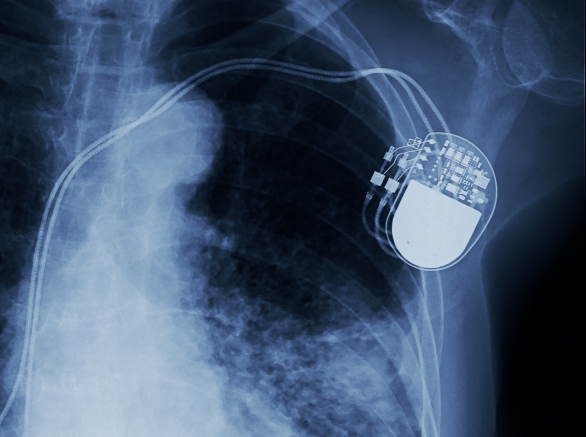January 24, 2024
New draft guidance describes factors for determining when evidence generated from real-world data may be used to support FDA decisions on medical devices
On Dec. 19, the Food and Drug Administration published draft guidance on the "Use of Real-World Evidence to Support Regulatory Decision-Making for Medical Devices" in the Federal Register. The new document updates the agency's previous 2017 guidance on the subject.
This latest draft guidance details FDA's approaches for evaluating real-world evidence (RWE). This includes advice on elements to include in regulatory submission cover letters, completing a fit-for-purpose assessment of real-world data (RWD), and suggestions for methodologies for data collection and analysis of RWD to generate RWE.
FDA also describes some of the purposes that RWD may serve in regulatory submissions including:
- Generating hypotheses to be tested in clinical studies;
- As historical controls or data sources in hierarchical models;
- As concurrent control groups or mechanisms for collecting data to support marketing authorizations;
- Re-training AI/ML-enabled medical devices;
- Identifying, demonstrating, or supporting the clinical validity of biomarkers or clinical outcome assessments;
- Supporting marketing authorizations;
- Generating evidence by the subject device to provide new information on safety or effectiveness;
- Supporting the interpretability of the primary clinical evidence;
- Supporting a petition for reclassification of a medical device;
- Supporting label expansion to include additional indications for use or to add new information on safety or effectiveness;
- Performing postmarket surveillance;
- Conducting post-approval studies as part of a conditional approval or to preclude the need for 522 submissions;
- Determining whether the subject device meets the statutory criteria for a CLIA waiver; and
- Providing postmarket data in lieu of or to balance premarket data.
An appendix to the guidance includes five generalized examples of uses of RWD in support of FDA regulatory decision making. The detailed examples include a manufacturer seeking to expand its device's indications for use; a software-only device subject to a 522 postmarket surveillance study; a sponsor who used data in a registry for its control patient group in support of a PMA supplement for an indication expansion; the use of chart review data to confirm device performance as part of standard of care and to further assess outcomes in patients with different disease severities in a De Novo request; and the use of RWD from a device originally authorized under emergency use authorization to support a dual 510(k) and CLIA waiver application.
Relevance and reliability play key roles in determining evidence quality
Much of FDA's updated guidance focuses on assessing the strengths and limitations of the underlying RWD and how these qualities impact the relevance (i.e., data availability, linkages, timeliness, and generalizability) and reliability (i.e., accrual, quality, and integrity) for generating RWE as part of a fit-for-purpose assessment.
Data sources that the agency may consider as RWD include the following:
- Registries, electronic health records, administrative claims data
- Patient-generated data created, reported, or gathered by patients, including in home-use settings, e.g., data from digital health technologies, such as wearables
- Device-generated data, e.g., implantable devices, physiological monitoring devices
- Public health surveillance data, e.g., COVID-19 case surveillance
- Clinically annotated biobanks
- Medical device data repositories, e.g., imaging, electrocardiography databases
Since RWD is observed and collected in a different manner than traditional clinical studies, FDA emphasizes that RWD should be processed methodically and that sponsors should provide transparency over data accrual methods and sources of data capture, as in previous guidances on use of RWD to support drug and biological products. Other measures include providing a data audit trail and using an adequate sample size that includes relevant population demographics to address the study question at hand.
While the guidance does describe the factors that FDA considers when evaluating the relevance and reliability of RWD, it does not provide a specific set of criteria or scoring tools for determining the suitability of any specific RWD source for generating RWE for a particular regulatory decision.
What Can We Help You Solve?
Exponent supports clients through the full medical device total product lifecycle with expertise in assessing real-world data and generating real-world evidence strategies. Our interdisciplinary team of engineers, scientists and health and data scientists applies specialized industry knowledge to the design, execution, and analysis of real-world data studies using novel methodological and analytical techniques.
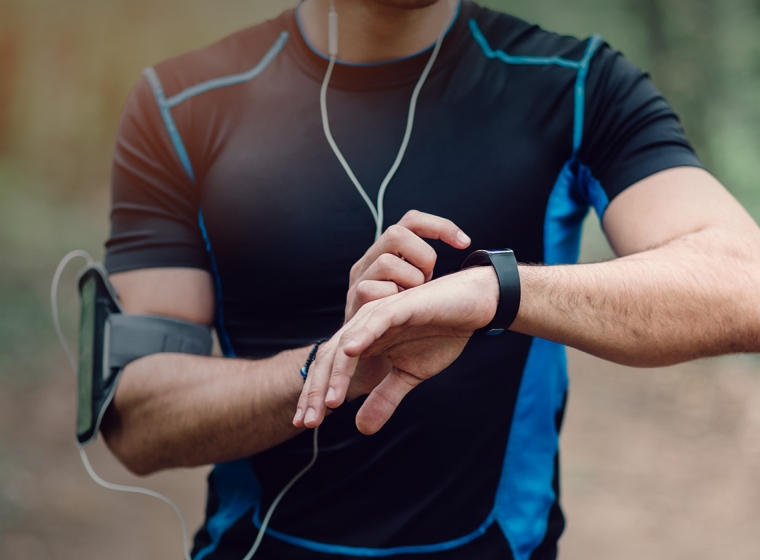
Real-World Data & Evidence Consulting
Leverage real-world data to improve healthcare decisions.

Regulatory Compliance for Medical Products
Experienced regulatory support for medical devices, pharmaceuticals, and combination products.
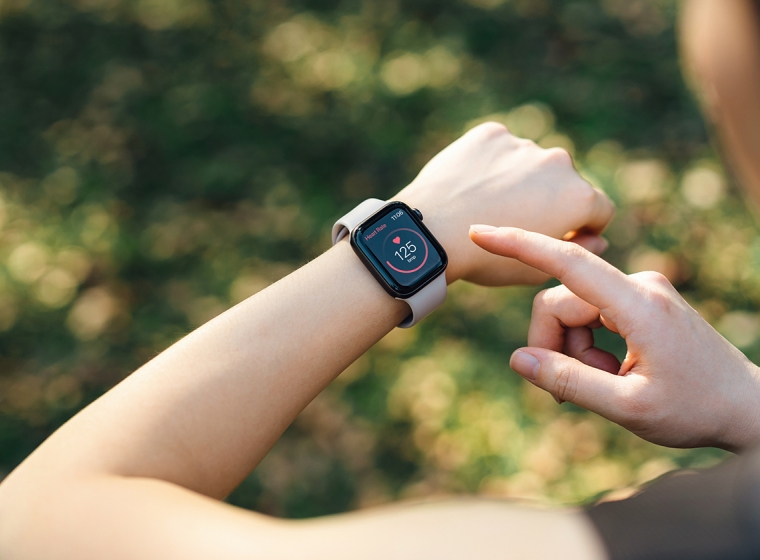
Next-Gen Wearables in Healthcare
Effectively demonstrate the clinical, experiential, and economic value of wearable devices.
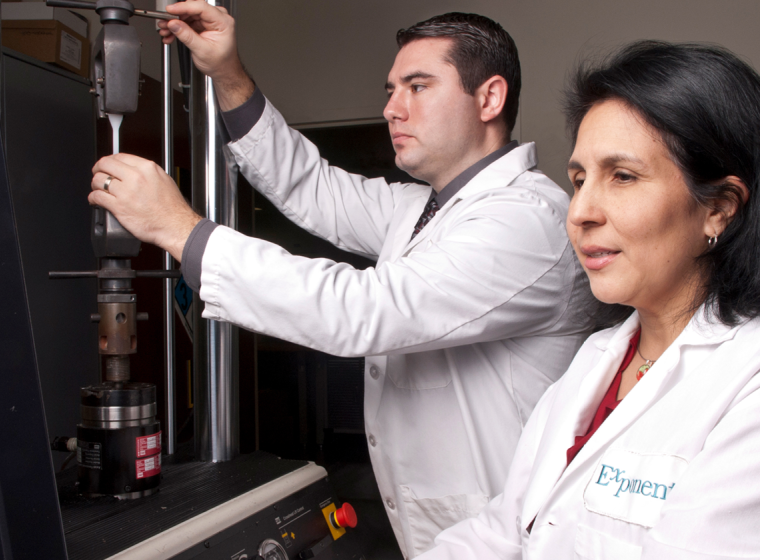
Medical Device Design & Development Support
Crucial medical device design and development analyses to empower your decision-making.
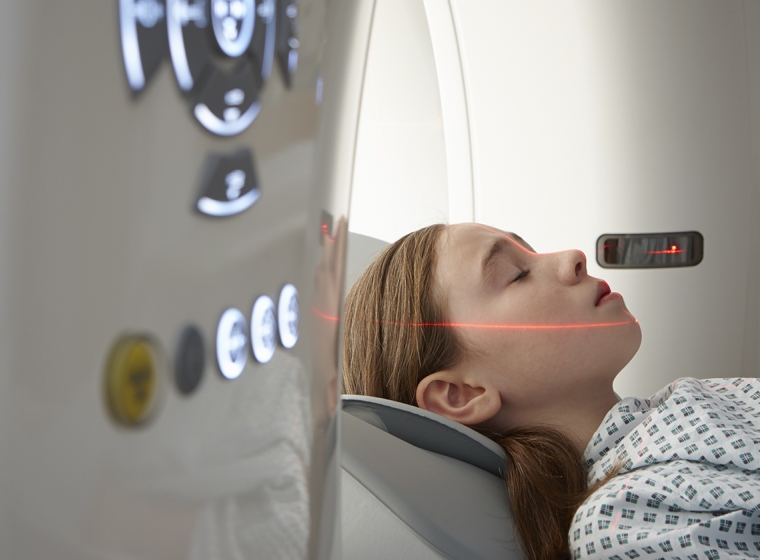
Multidisciplinary Expertise to Support the Life Sciences Industry
Support for next-gen medical devices, wearable technologies, and pharmaceutical products.

Healthcare & Life Sciences Value & Outcomes Assessment
Strategic guidance for medical product value and access, including drugs, vaccines, and medical devices.





